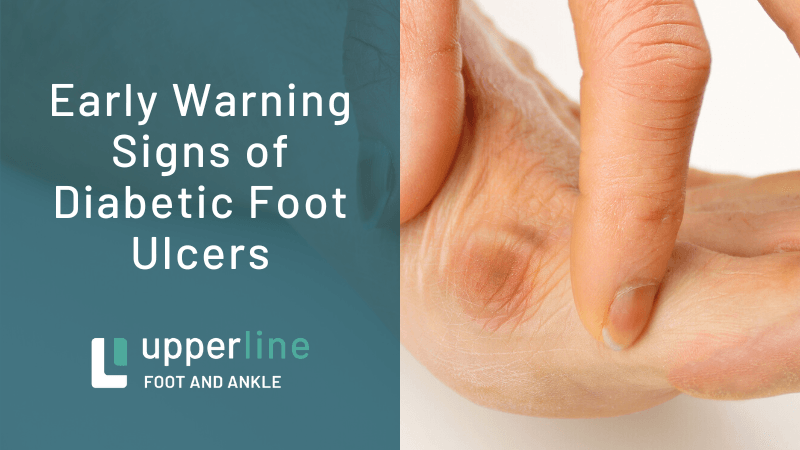What Sports Injuries Can a Podiatrist Treat?

Knowing what types of sports-related injuries a podiatrist can treat is a great idea, as you never know when you or a loved one will suffer a sports-related injury. While some podiatrists will choose a subspecialty, like podiatric sports medicine, know that a general podiatrist can also diagnose and treat any sports-related injuries that have to do with the feet, ankles, or related structures of the leg.
Common Sports Injuries
The seven most common sports-related injuries are ankle sprains, shin splints, groin pulls, hamstring strains, ACL knee tears, patellofemoral syndrome (knee injury), and tennis elbow. Since podiatrists treat any type of injury related to the feet, ankle, and/or related structures of the leg, two of the more common types of sports injuries they treat are ankle sprains and shin splints.
Additional sports-related injuries that podiatrists can treat include foot fractures, ankle fractures, plantar fasciitis, Achilles tendon problems, turf toe, bruising, swelling, and bleeding.
Sports Injuries Podiatrists Can Treat
See below to learn more how a podiatrist treats some of the more common sports injuries that take place in or near one’s feet or ankles.
Foot Sprains, Ankle Sprains, Foot Fractures, Ankle Fractures, Toe Fractures
- Diagnosis: Podiatrists diagnose sprains and fractures using MRIs and X-rays.
- Non-Surgical Treatment: Common non-surgical treatment options include ultrasound therapy, resetting a minor fracture, wearing a boot or cast, and prescribing over-the-counter or prescription medications.
- Surgical Treatment: Common surgical treatment options include using metal plates and screws to fix fractured bones.
Bruising, Swelling, Bleeding
- Diagnosis: Podiatrists diagnose bruising, swelling, and bleeding by performing a physical examinations and by using MRIs and X-rays.
- Non-Surgical Treatment: Common non-surgical treatment options for bruises include immobilizing the area using a surgical boot, and prescribing crutches, over-the-counter, and/or prescription medications.
- Non-Surgical Treatment: Common non-surgical treatment options for swelling include creating a detailed recovery plan for the patient, i.e. wear compression stockings, prop feet above heart level, perform special exercises.
- Non-Surgical Treatment: Common non-surgical treatment options for bleeding caused by abrasions or lacerations in the feet and/or ankle include performing a saline flush, Negative Pressure Wound Therapy (NPWT), and using stitches to close the wound.
- Surgical Treatment: Common surgical treatment options to address bleeding injuries include a deep irrigation flush and deep debridement.
Plantar Fasciitis, Heel Spurs
- Diagnosis: Podiatrists diagnose Plantar fasciitis by performing a physical examination and using MRIs and X-rays.
- Diagnosis: Podiatrists diagnose heel spurs by using ultrasound technology and X-rays.
- Non-Surgical Treatment: Common non-surgical treatment options for Plantar fasciitis include bracing, splinting, cortisone injections, performing specially prescribed exercises, wearing compression bandages, taping the arch, wearing custom-made foot orthotics, and undergoing Extracorporeal Shockwave Therapy (ESWT).
- Surgical Treatment: Common surgical treatment options include performing an Endoscopic Plantar Fasciotomy (EPF).
- Non-Surgical Treatment: Common non-surgical treatment options for heel spurs include prescribing anti-inflammatory medications, giving cortisone injections, providing exercise advice, undergoing physical therapy, and making custom orthotics for the patient to wear.
- Surgical Treatment: Common surgical treatment options include using an endoscope to perform minimally invasive surgery to shave down the heel spur.
Achilles Tendonitis
- Diagnosis: Podiatrists diagnose Achilles tendonitis by performing a physical examination.
- Non-Surgical Treatment: Common non-surgical treatments for achilles tendonitis include ultrasound therapy, physical therapy, cushioned heel cups, cortisone injections, bandages to restrict movement, shockwave therapy, and prescribing orthotics and/or prescription medications.
- Surgical Treatment: Common surgical treatment options include open surgery, percutaneous surgery, gastrocnemius recession, and debridement and repair to fix a damaged Achilles tendon.
Podiatrist vs. Other Sports Injury Treatment Options
The benefit of visiting a podiatrist vs. the ER? Even though one's first instinct when experiencing foot or ankle trauma may be to visit their local emergency room, the majority of unexpected foot or ankle injuries can be treated by a podiatrist. Many times a podiatrist can help an emergency patient quicker than an ER. This makes it a great idea to keep a podiatrist's contact information on hand, just in case.
Urgent Care Clinic? Many urgent care clinics don’t offer a podiatric physician to properly address serious foot and ankle injuries. Since many podiatrists offer patients the ability to be seen quickly after experiencing a sports injury, it benefits the patient to go directly to a podiatry office.
Sports Medicine Orthopedist? While sports medicine orthopedists can treat sports-related injuries that have to do with the feet or ankle, they don’t have the extensive knowledge of these body parts that podiatrists do. Instead, this medical professional focuses more on treating injuries related to the musculoskeletal system.
Good to Know
Now that you read the above information, you have a better understanding of the types of sports-related injuries podiatrists can treat. You also now understand that making an appointment with a podiatrist is often the best choice when experiencing an unexpected sports injury that involves the feet, ankles, or related structures of the leg.
If you suffer from chronic pain caused by a sports injury or if you have recently been injured in a sports-related accident,
contact Upperline Health today for fast, effective podiatric care.










